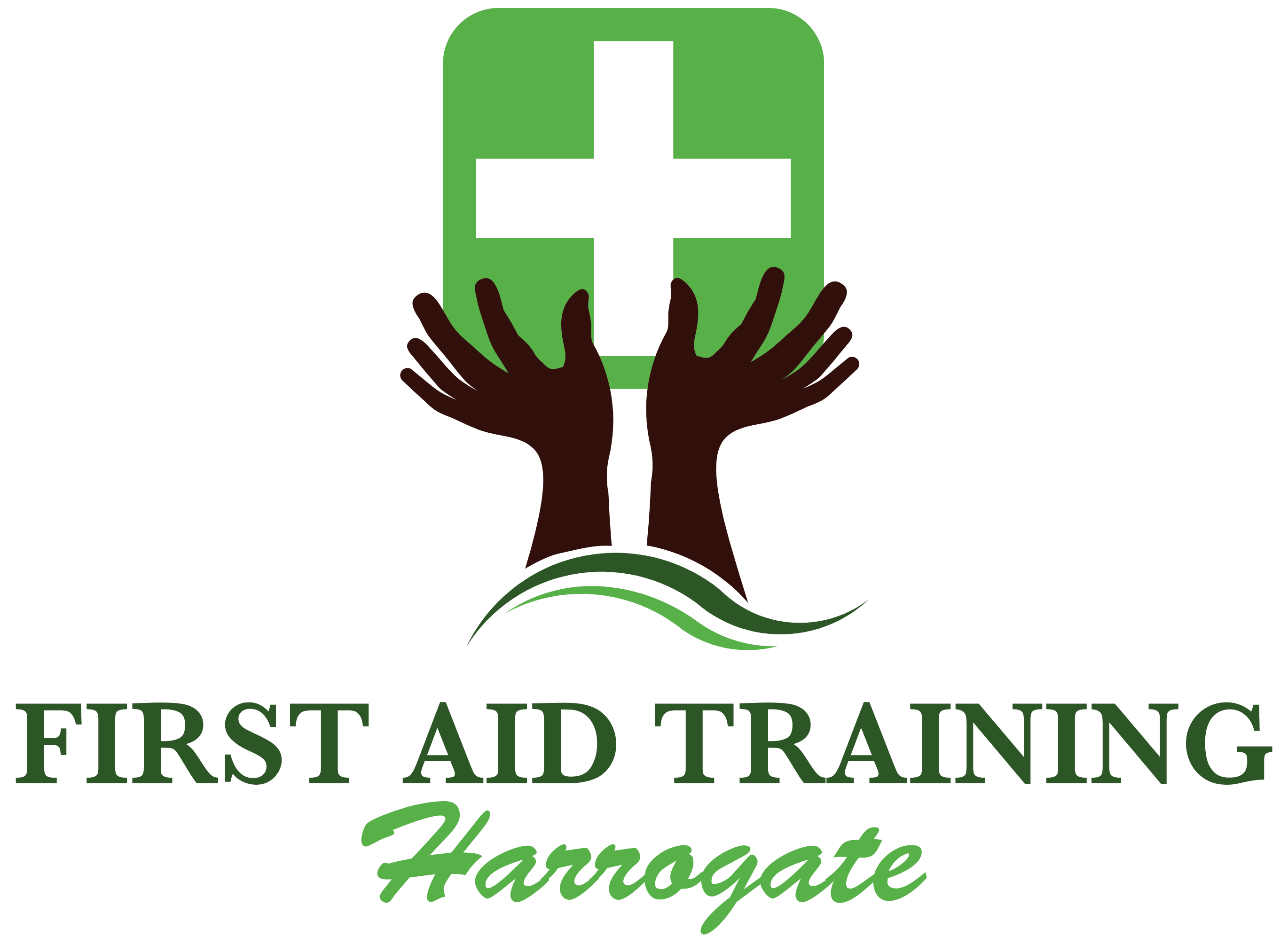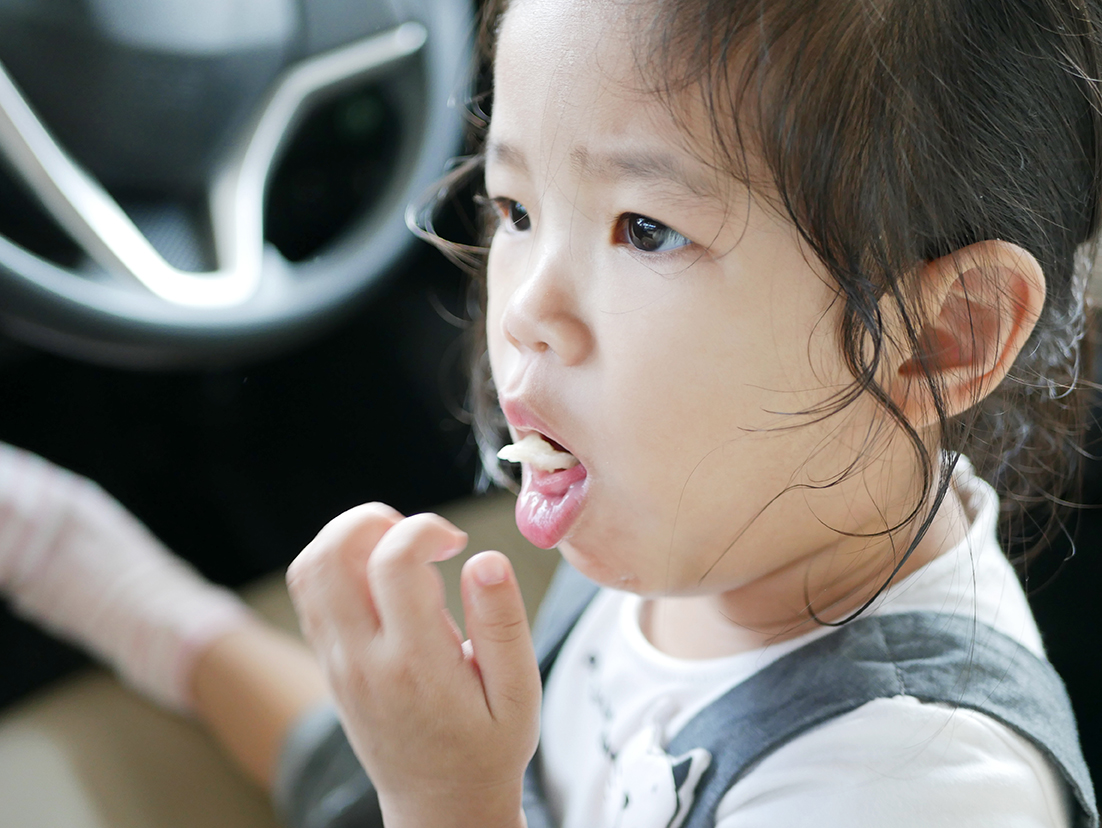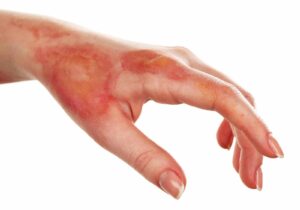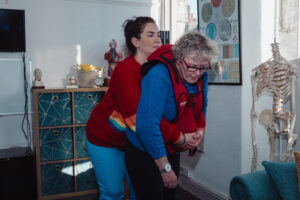Small children commonly put things in their mouths as they learn, experiment and discover the world around them.
Toys and items with small pieces should be kept out of reach of children under five where possible, but no matter how careful you are there is a chance that your child will still find something to chew or suck on. From buttons to plastic beads or rubbers, these are all the right size to get lodged in your child’s airway and cause them to choke. Food also poses a choking hazard too. Grapes, sweets and breadsticks, as well as other snacks can similarly get stuck before being swallowed and cause danger.
How do I know if my child is choking?
If your child suddenly starts coughing during eating or you suspect that they have put something in their mouth, then it could be a sign that they are choking.
They may be having difficulty breathing and you may notice that the skin on their face has a blue-ish tinge. As well as this, they are likely to be very quiet and unable to speak to you.
What to do first
If you suspect your child is choking:
Take a look in their mouth to see if you can see the obstructing object. If you can see something, then try to remove it, however, it’s important that you don’t poke it repeatedly as you could risk lodging it further and making it more difficult to remove.
Encourage your child to keep coughing to try and bring the object back up, and don’t leave them alone at any stage.
Shout for help if there is anyone around or call for a neighbour to come around if you are at home alone.
If your child is unconscious – you or your assistant should call for help immediately by dialling 999 and asking for an ambulance.
Call 999, putting the phone on speakerphone so your hands are free. Follow the instructions from the emergency operator.
Don’t leave the child at any stage.
If your child is still conscious, but you can’t dislodge the object, then it’s time to administer back blows.
Back blows
Back blows for babies the age of 1
- Sit down and lay your baby face down along your thighs, supporting their head with your hand.
- Give up to 5 sharp back blows with the heel of your hand in the middle of the back between their shoulder blades.
Back blows for children over the age of 1
- Lay your child face down on your lap or support your child in a forward-leaning position
- Give 5 back blows from behind.
If back blows don’t relieve the choking and your baby or child is still conscious, next it’s time to administer chest/abdominal thrusts.
Chest/Abdominal thrusts
These thrusts will create an artificial cough, increasing pressure in the chest, which will help to dislodge the object. The way you administer them will depend on your child’s age:
Chest thrusts for children under 1 year old
- Lay your baby face up along the length of your thighs.
- Find the breastbone and place 2 fingers in the middle.
- Give 5 sharp chest thrusts (pushes downwards), compressing the chest by about a third.
Abdominal thrusts for children over 1 year
- Stand or kneel behind your child. Place your arms under the child’s arms and around their upper abdomen.
- Clench your fist and place it between the navel and ribs.
- Grasp this hand with your other hand and pull sharply inwards and upwards.
- Repeat up to 5 times.
- Try your best not to apply pressure to the lower ribcage, as this may cause damage.
What if back blows or chest thrusts are not working?
If the object is still lodged and your child is still conscious, Call 999.
You should continue the sequence of back blows and either chest or abdominal thrusts until the emergency services arrive.
Even if the object has come out, you should still get medical help. Part of the object might have been left behind, or your child might have been hurt by the procedure.
Be prepared
Taking a first aid course could help you to save your child or another child’s life. We offer a range of courses suitable for every level of experience. Contact us to find out more information by emailing info@firstaidtrainingharrogate.co.uk or calling 07787 831 275.








